This abbreviation characterizes those aircraft that patrol the skies with airborne radars, usually arranged in characteristic rotating “disks” mounted on the back of the fuselage, to detect the movements of the planes and direct, in case of need, the reaction of the fighters.
In addition to this, an AWACS aircraft is able to act as an airborne command post (C2BM – Command Control and Battle Management) and also to follow targets on the ground or on the sea surface.
NATO has made available to its member countries a fleet of 16 Boeing E-3A ‘Sentry’ with AWACS tasks, of which 12 are operational, all based at Geilenkirchen (Germany), but which can be deployed anywhere in Europe and in particular in bases authorized to provide assistance to Aktion (Greece), Trapani, Konya (Turkey) and Oerland (Norway).
These aircraft have been deployed since 1979/1980 and, although they have been updated several times, especially their electronic systems, they are close to being scrapped with considerable economic repercussions.
NATO secretary Jens Stoltenberg reported that a billion dollars would be needed to extend the operational life of the Boeing E-3As fleet until 2035. During the meeting of Foreign Ministers of the EU member states which belong to the Atlantic Alliance in Brussels, as reported by the Frankfurter Allgemeine Zeitung, Stoltenberg stated that “I can confirm that we will sign a contract to upgrade and modernize the AWACS fleet”.
The contract in question, which was signed recently with Boeing, provides for the expense of 750 million dollars to extend the operational life of the E-3As for the next 15 years and another 250 that will be donated to tests and spare parts.
The AWACS Final Lifetime Extension Programme (FLEP) contract was inked by Stoltenberg and Boeing International president Michael Arthur at Melsbroek, the military part of Brussels airport, on 27 November, the Belgian Ministry of Defence (MoD) said on its website.
The decision, however, is controversial, above all because the platform may have already reached the end of its operational life in the face of new technologies already present on the battlefield.
In fact, NATO will have to decide to choose a new AWACS aircraft that will most likely have some degree of artificial intelligence and new autonomous electronic systems. From here in fifteen years we need to think about what kind of platform the “Sentry” will be replaced by and one option could be that of the E-7 “Wedgetail” (the AWACS version of the Boeing 737), already used by Turkey but also by Australia and South Korea and in which the United Kingdom has expressed keen interest.
The extension of the operational life of the E-3As, with a considerable outlay of money, should not discourage the work on a new AWACS platform. According to Lieutenant Colonel Hans Growla, a crew member of a NATO E-3 and public relations officer “the most essential thing is the ability of the new aircraft to be absolutely interoperable”.
Michael Gschossmann, general manager of the NATO agency that manages the AWACS fleet, argues that “we must ensure that we acquire a system with growth potential, but that it is also based, for financial and time reasons, on existing capacity”.
The Atlantic Alliance considers the problem of replacing AWACS as part of a larger research programme on new surveillance systems, but the process has been lengthened by rapid threat changes and new emerging capabilities.
For this reason the solution of the E-7 could be the most convenient one also considering that other states that own the E-3A, like France and the United States, will soon have to think of a substitute and a partnership between NATO, the USA and France would significantly reduce development acquisition costs.
Gschossmann seems to think the same way when he says “why not bet on an already proven technology that we already have as the E-7 and supply NATO with a certain number of this aircraft? It would give us a basic capacity that could be expanded in the future”.
But the goal of 2035 is closer than it may seem. Indeed, NATO does not seem to have a clear idea of what the next post E-3A aircraft will be and the cost of a billion dollars to extend its operational life could therefore prove counterproductive for this very reason. Would not be better to invest in other platforms, even considering them interim like the E-7 instead of spending it on an aircraft that is already outdated?
The answer to this question was given by Stoltenberg himself, asserting that the contract with Boeing will be concluded, but it means an obvious and costly delay. This need should – and could – be an opportunity for the European aviation industry.


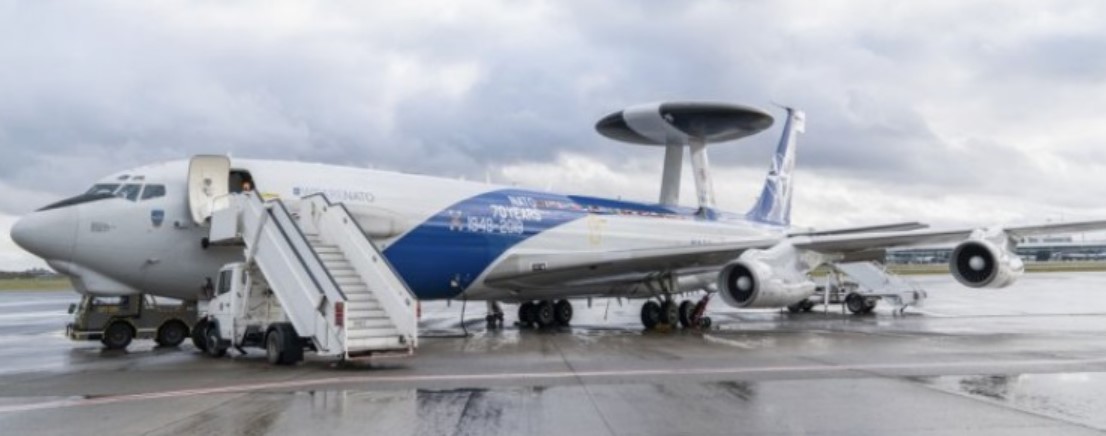

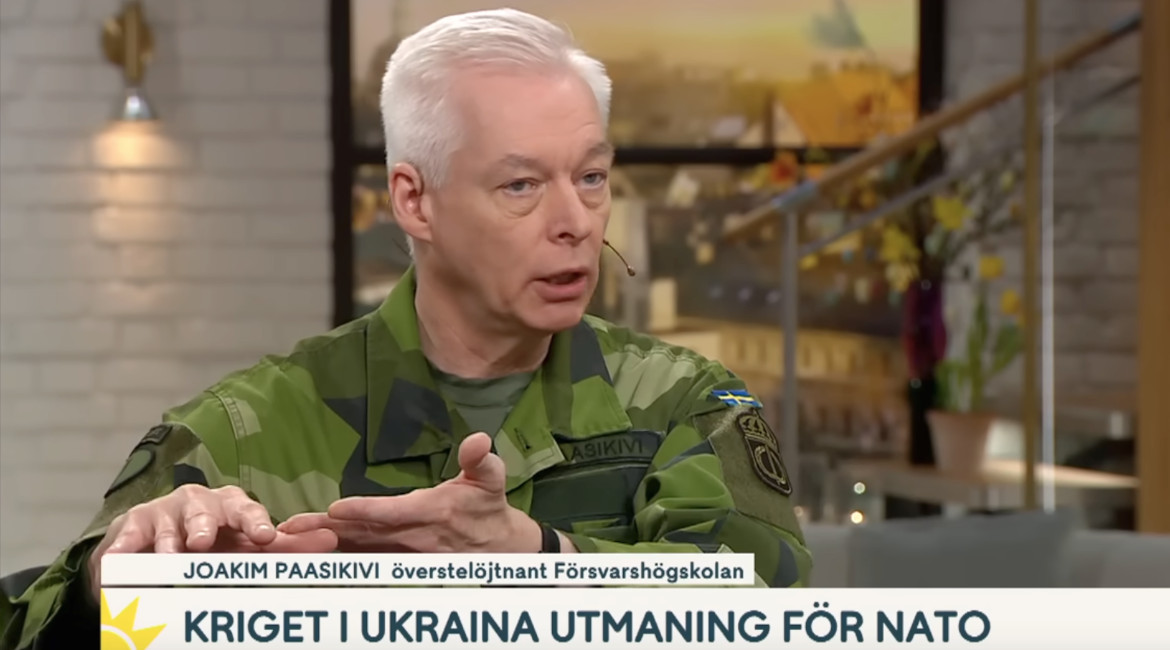

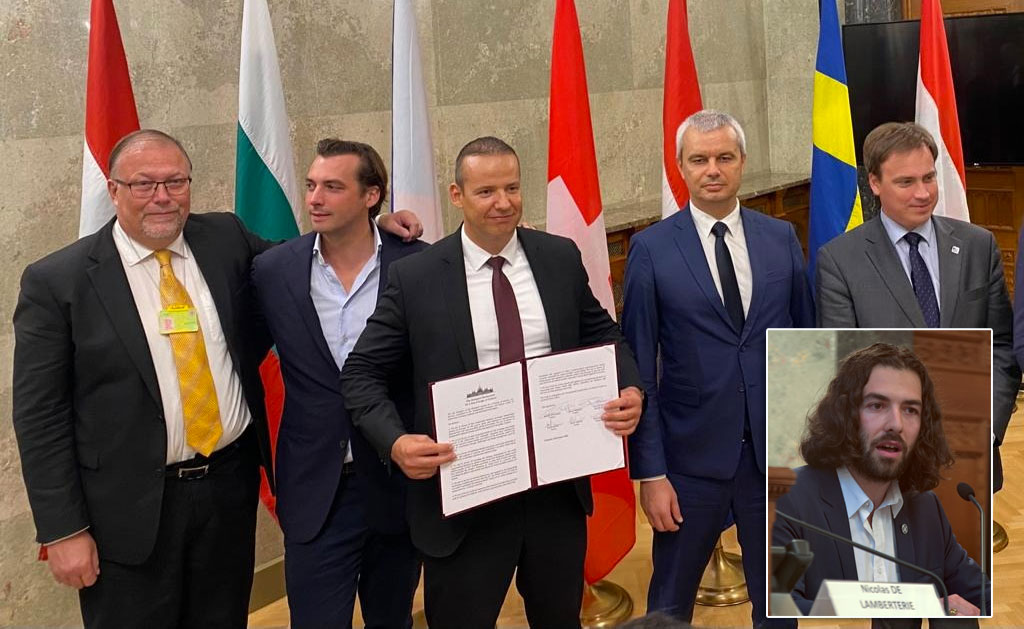

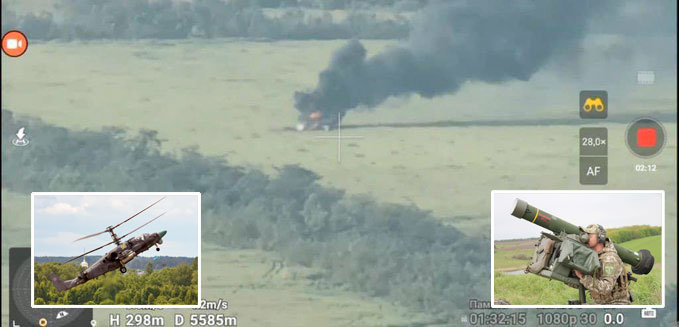

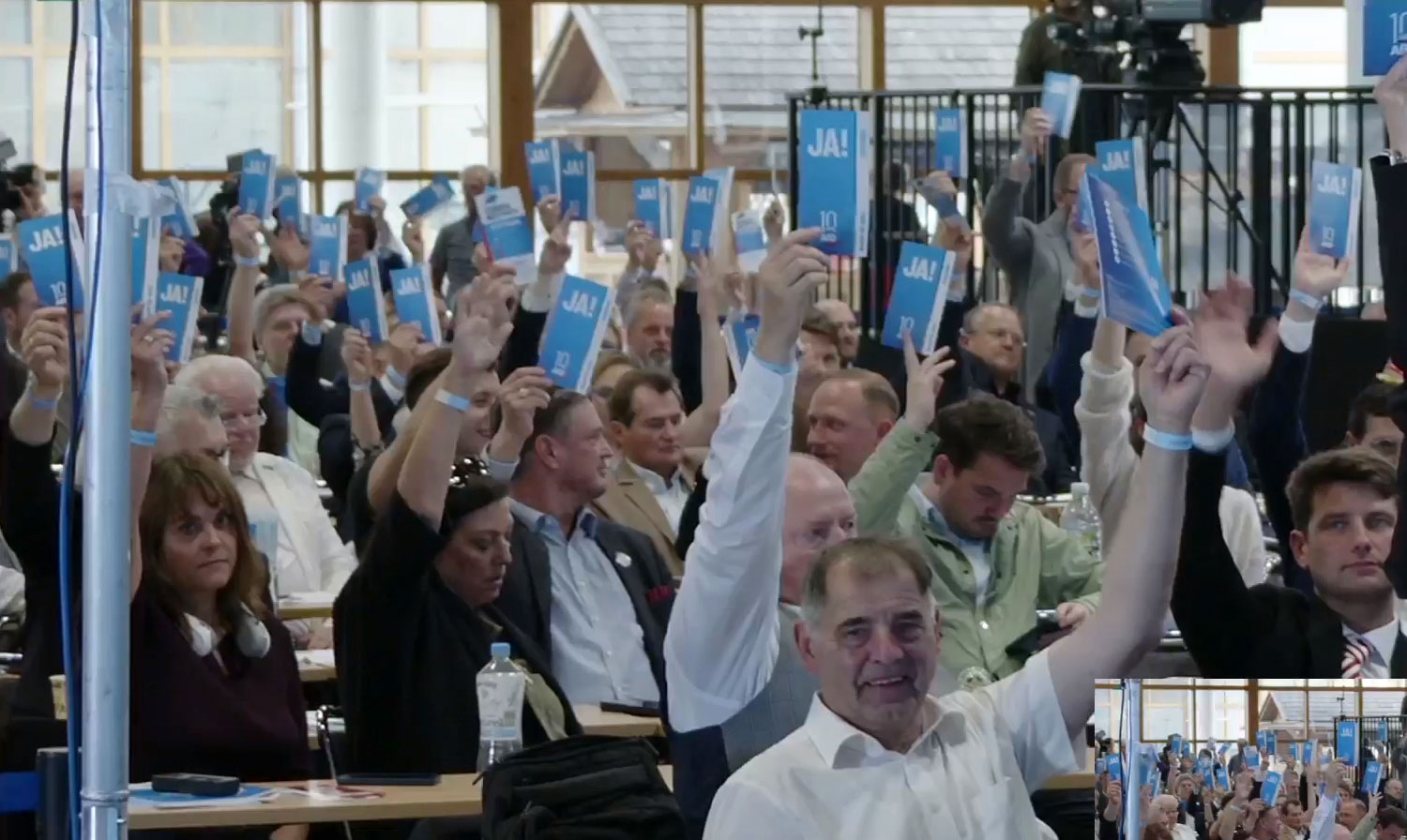
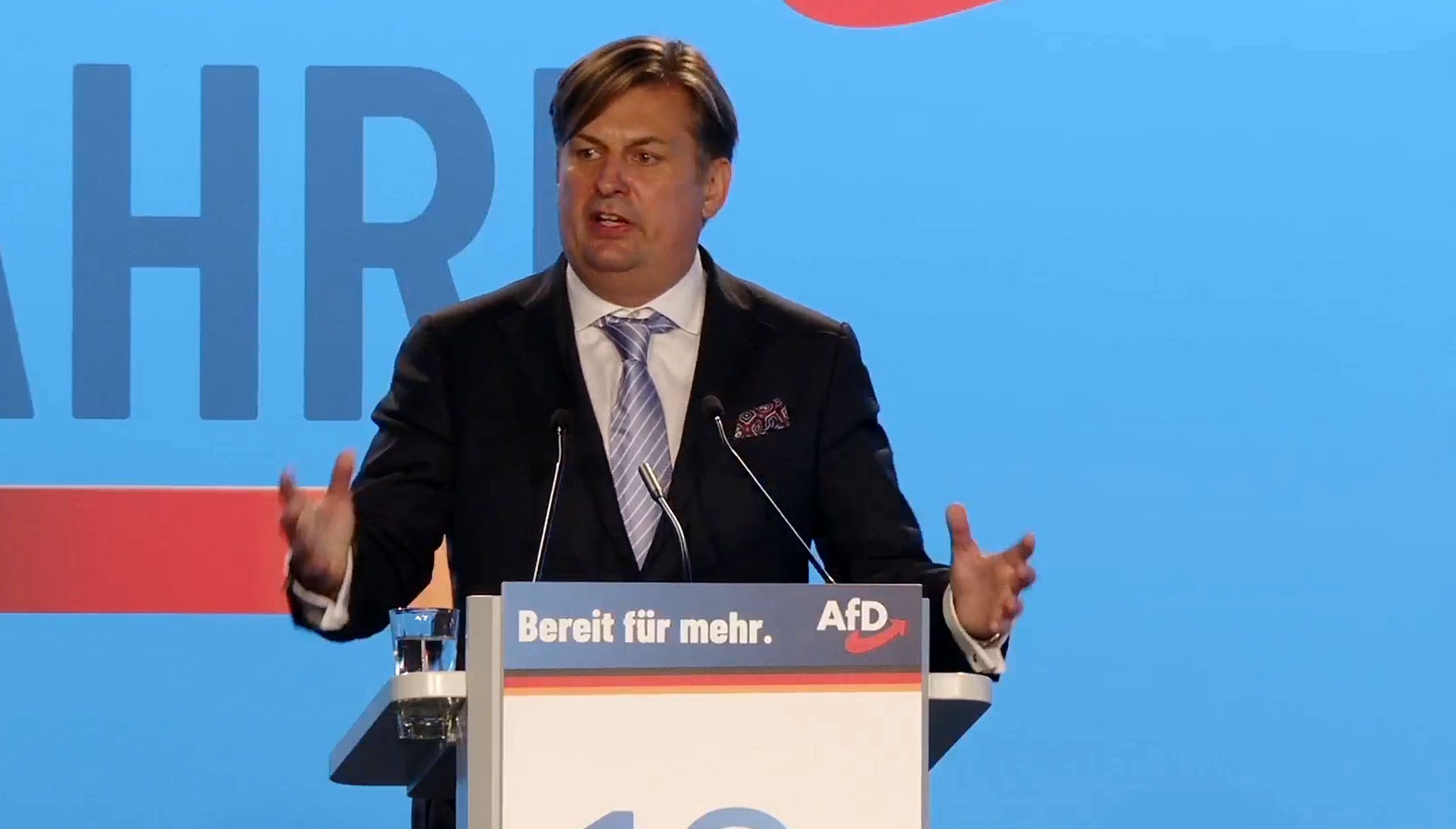

No comments.
By submitting a comment you grant Free West Media a perpetual license to reproduce your words and name/web site in attribution. Inappropriate and irrelevant comments will be removed at an admin’s discretion. Your email is used for verification purposes only, it will never be shared.